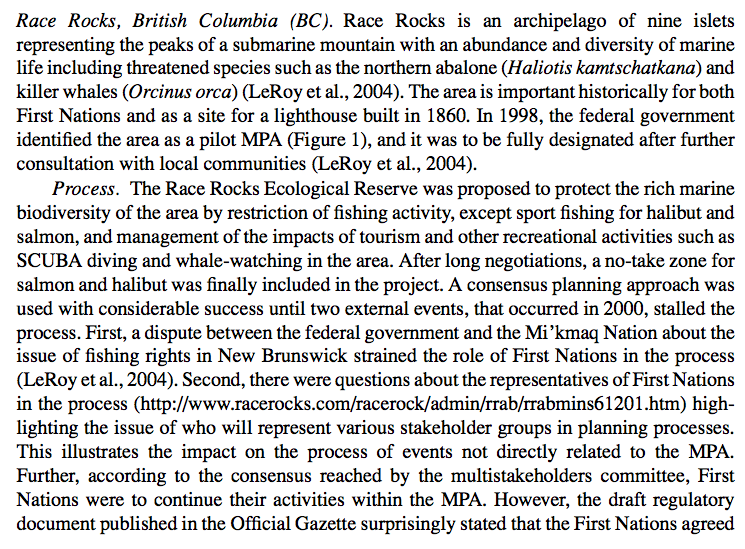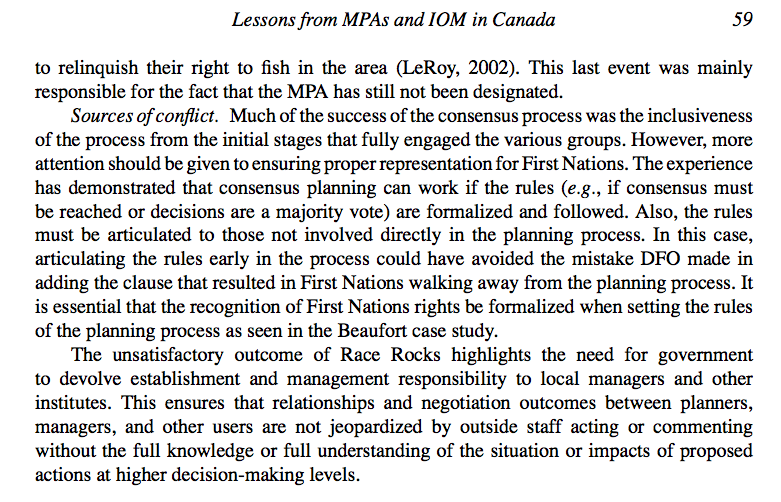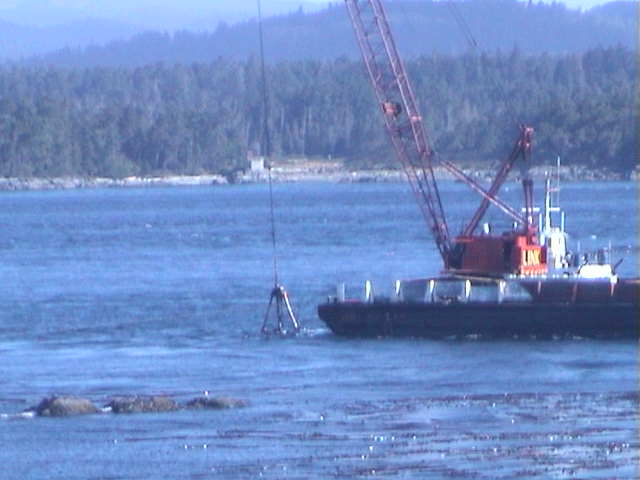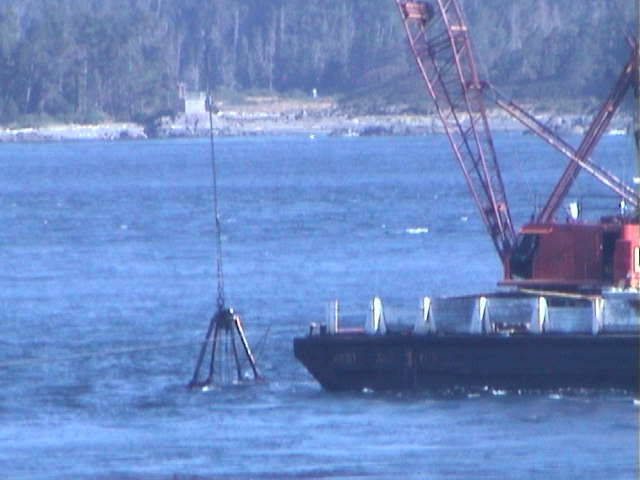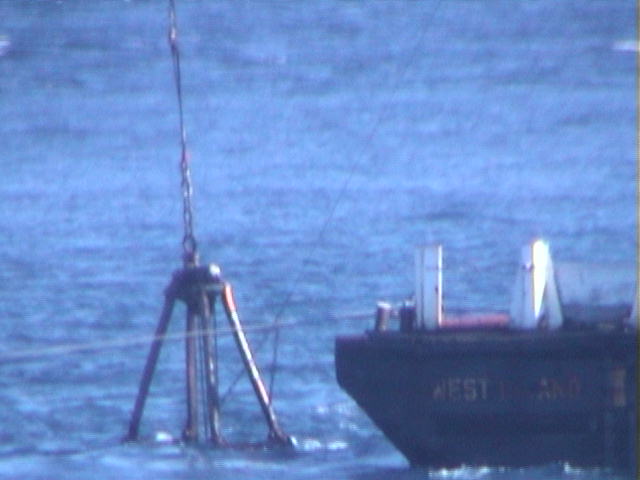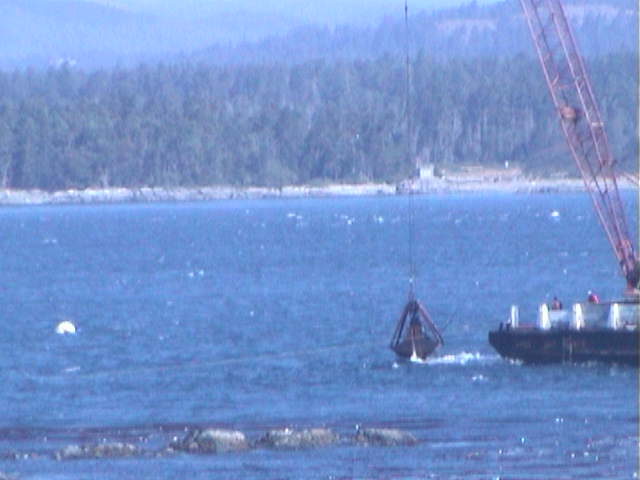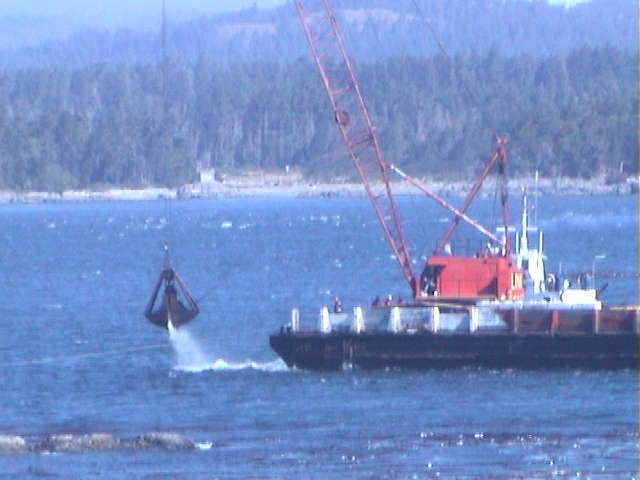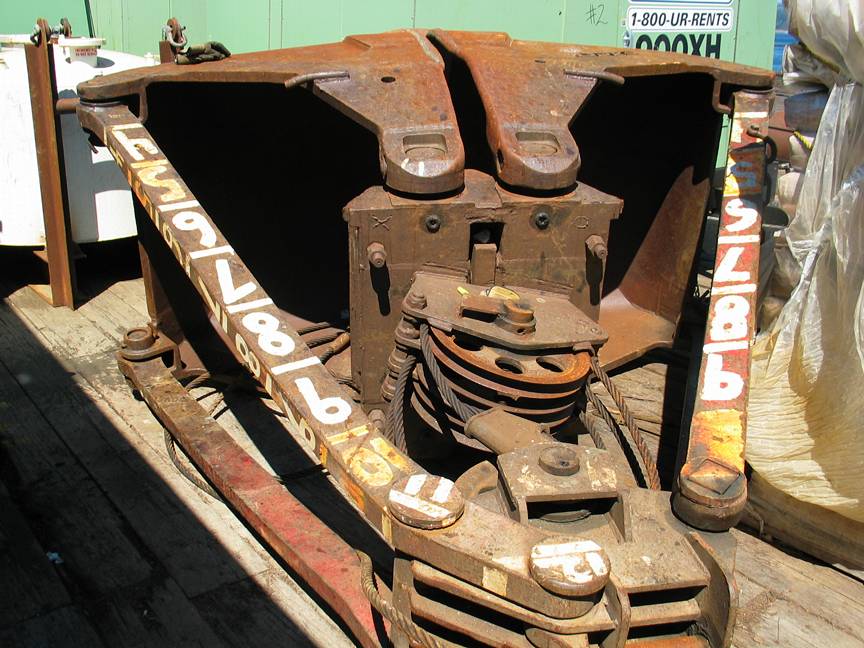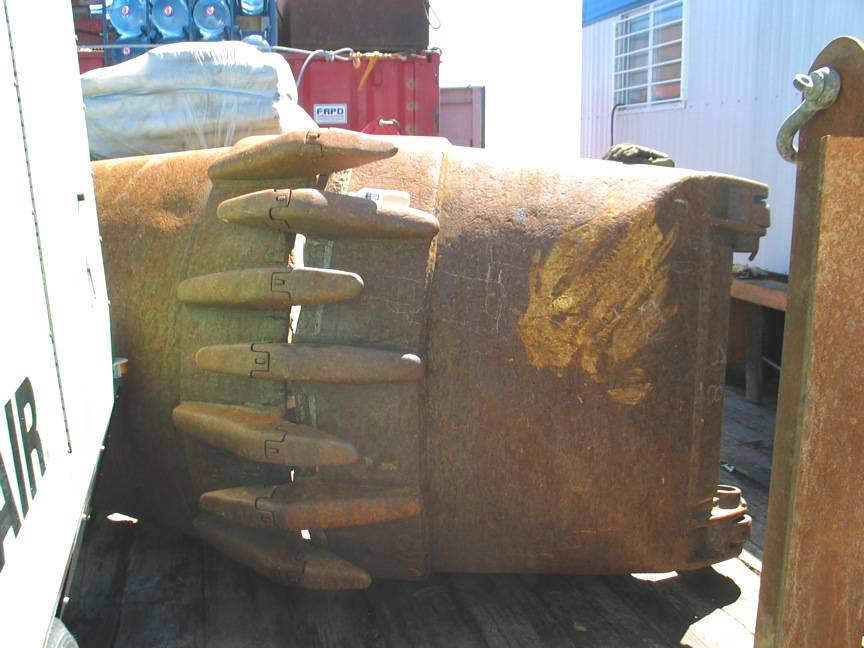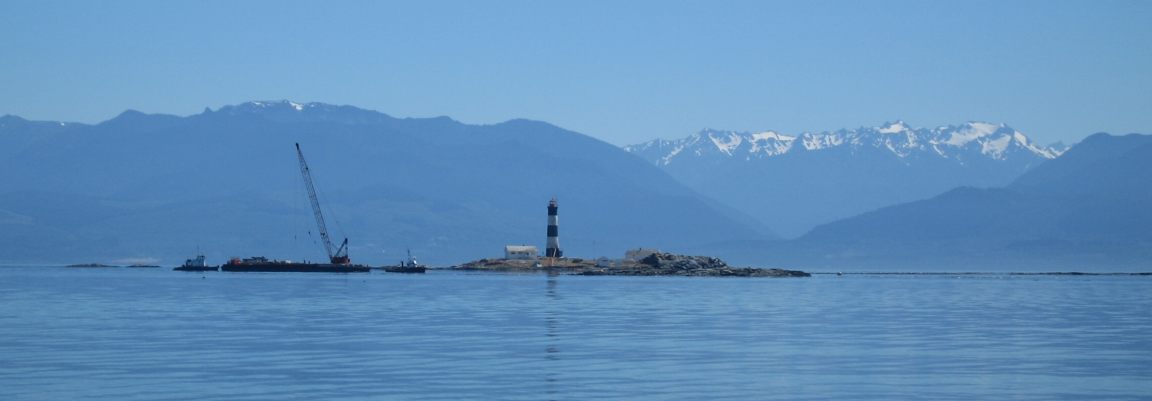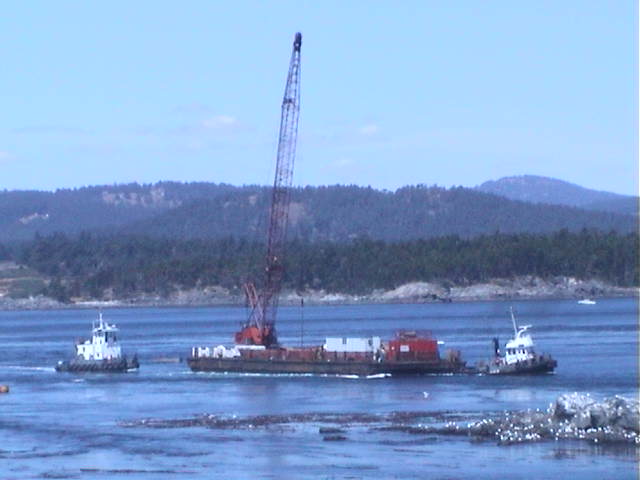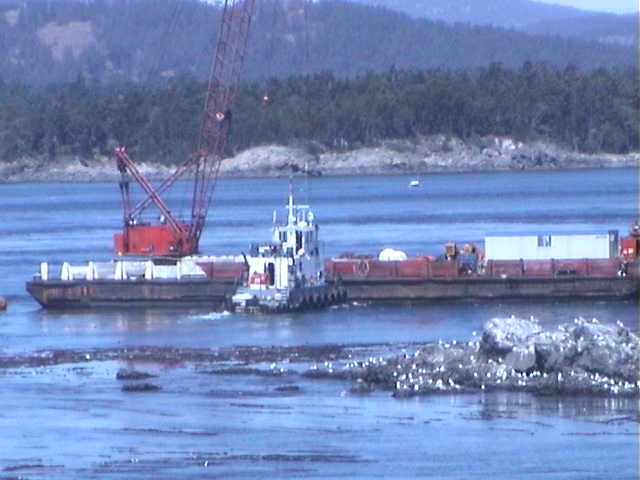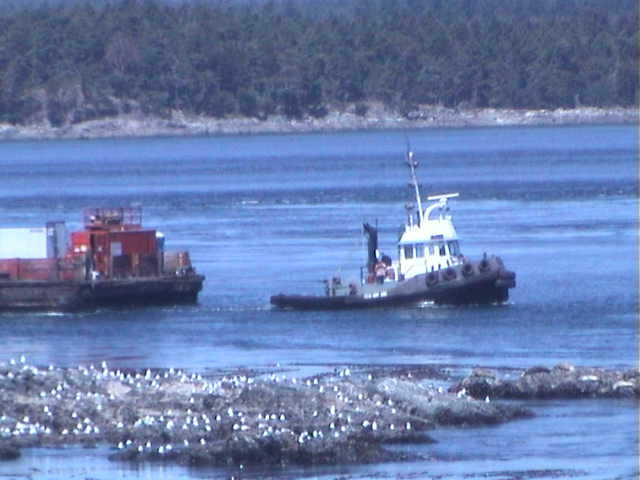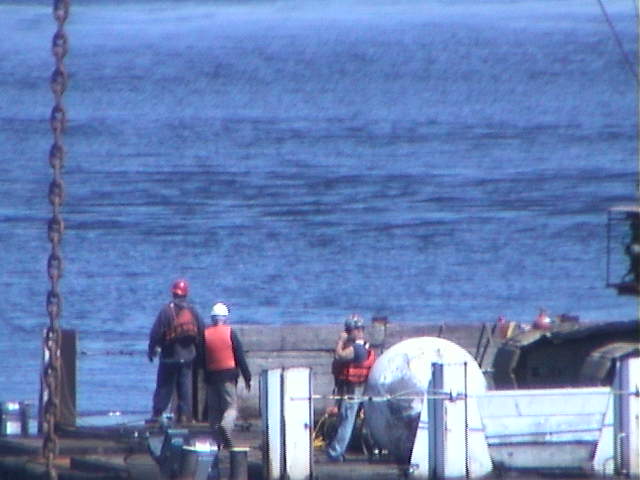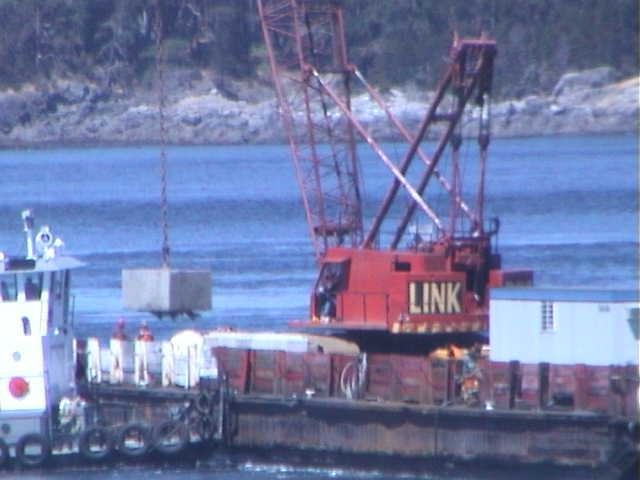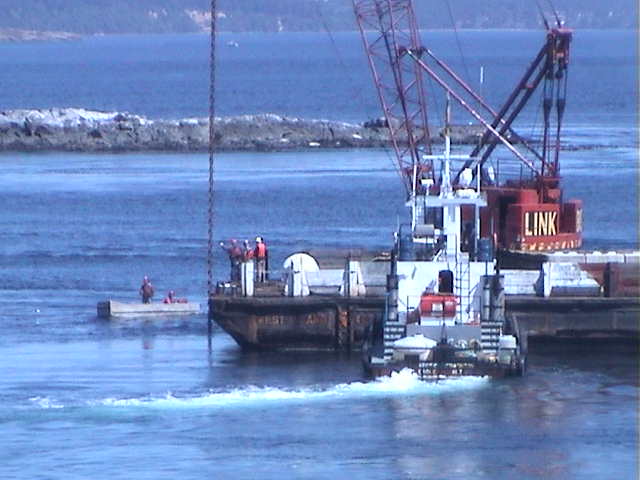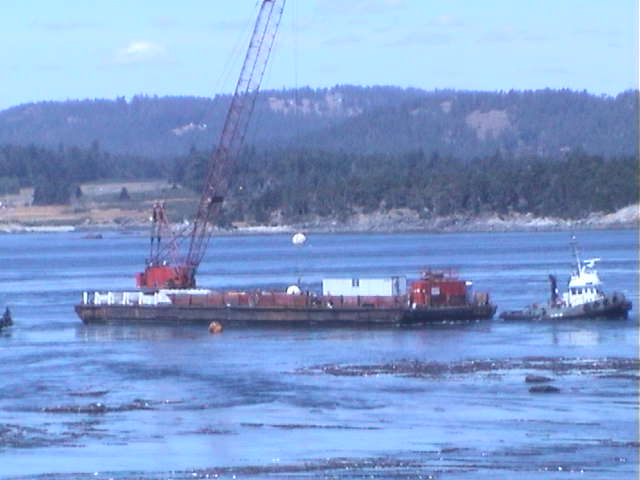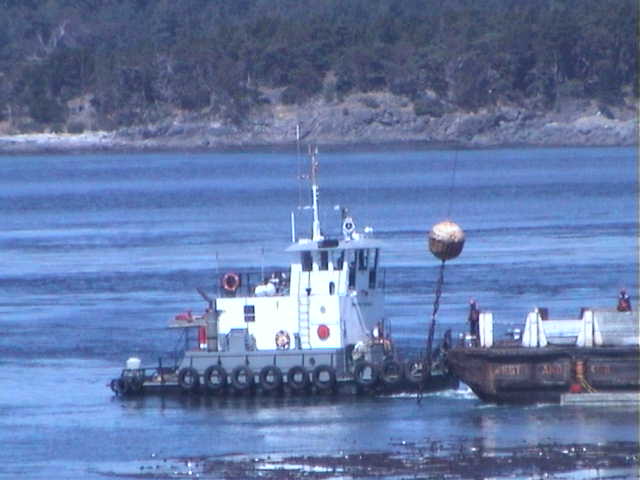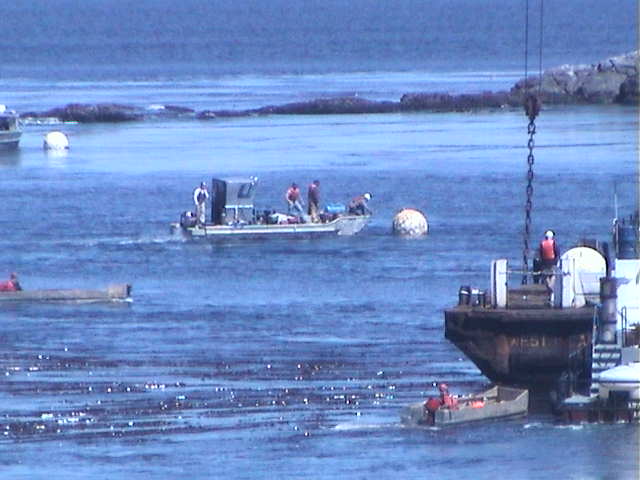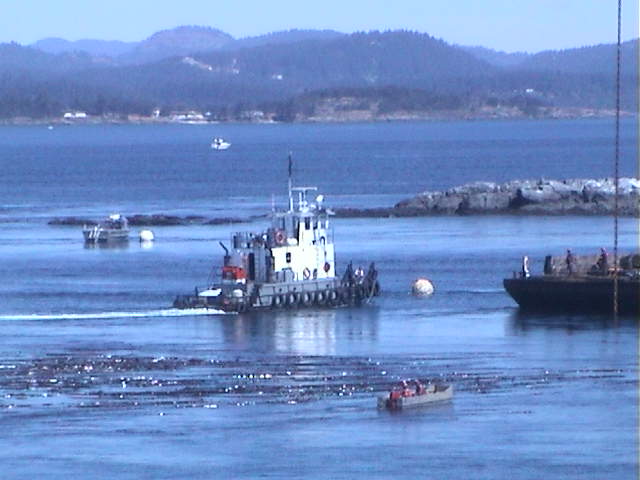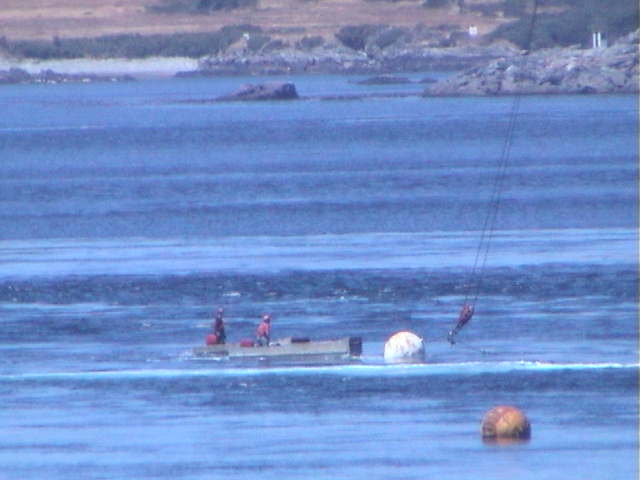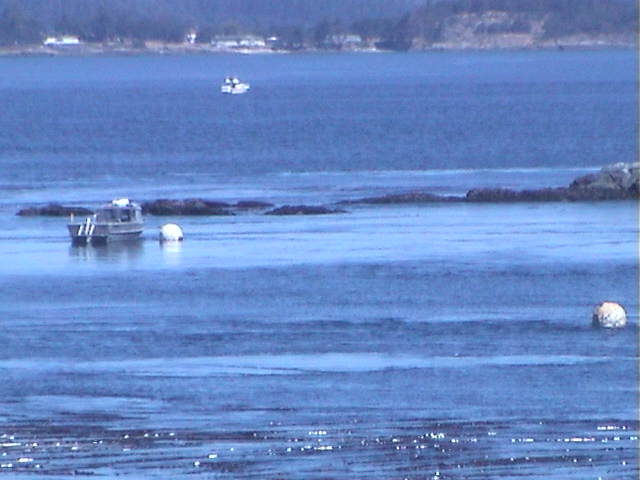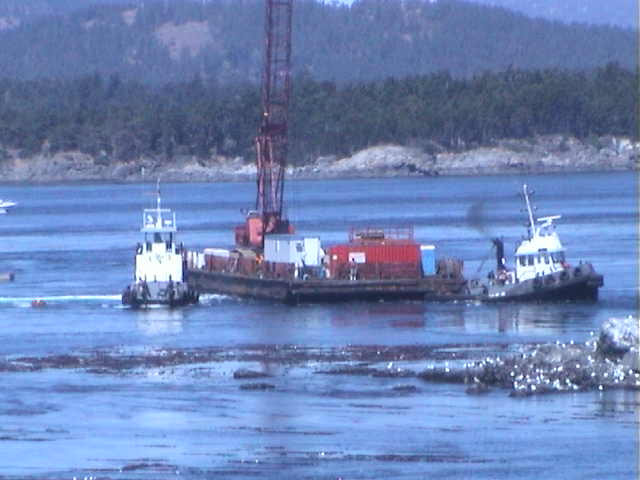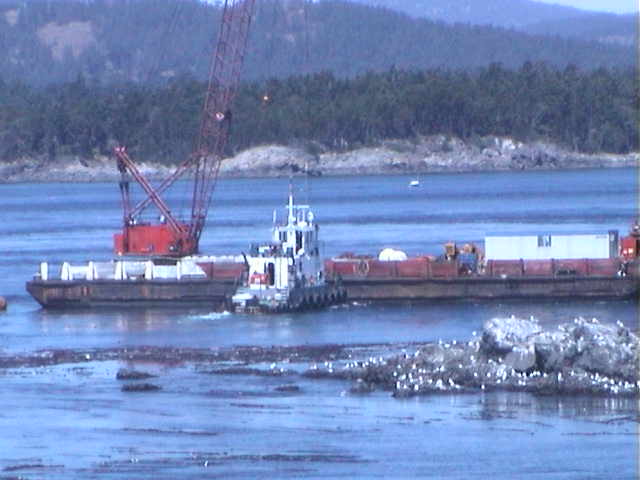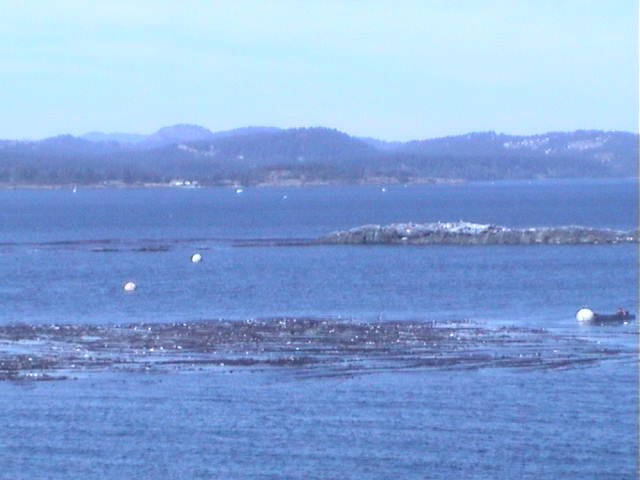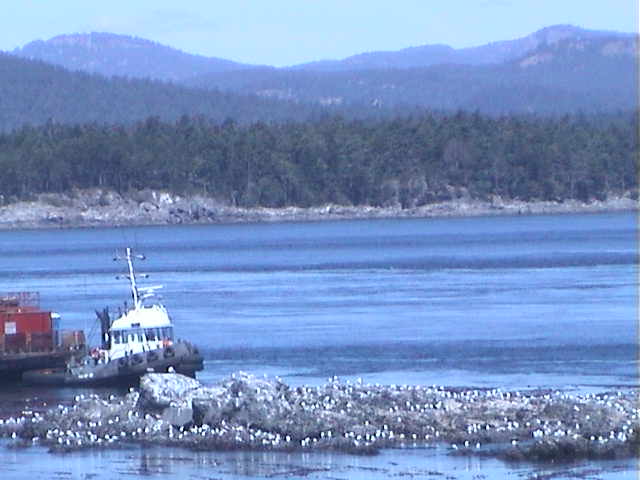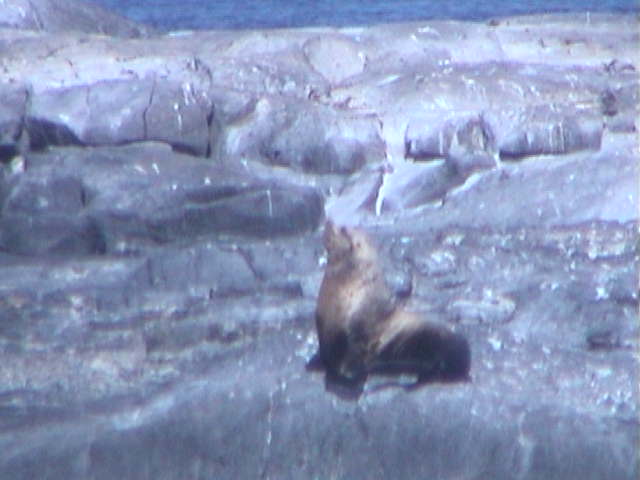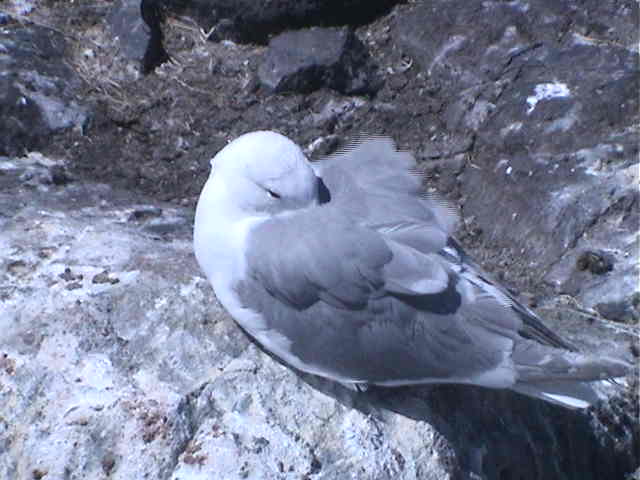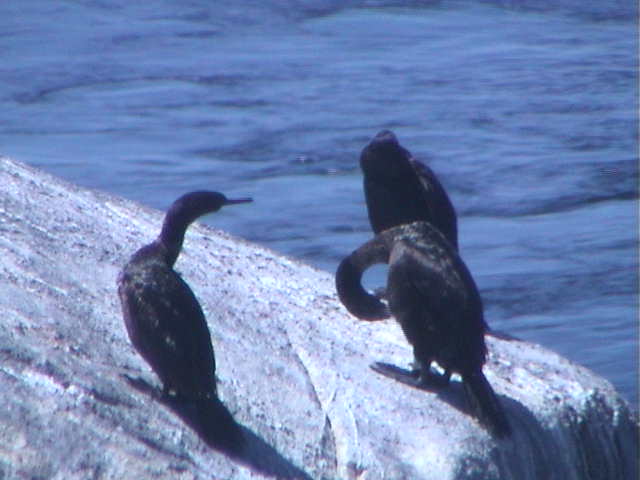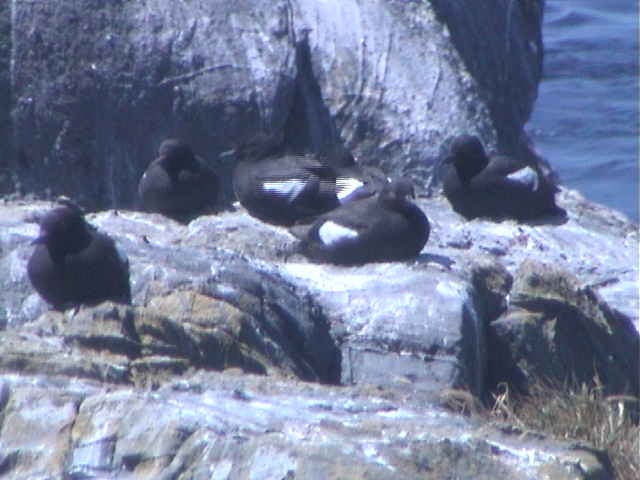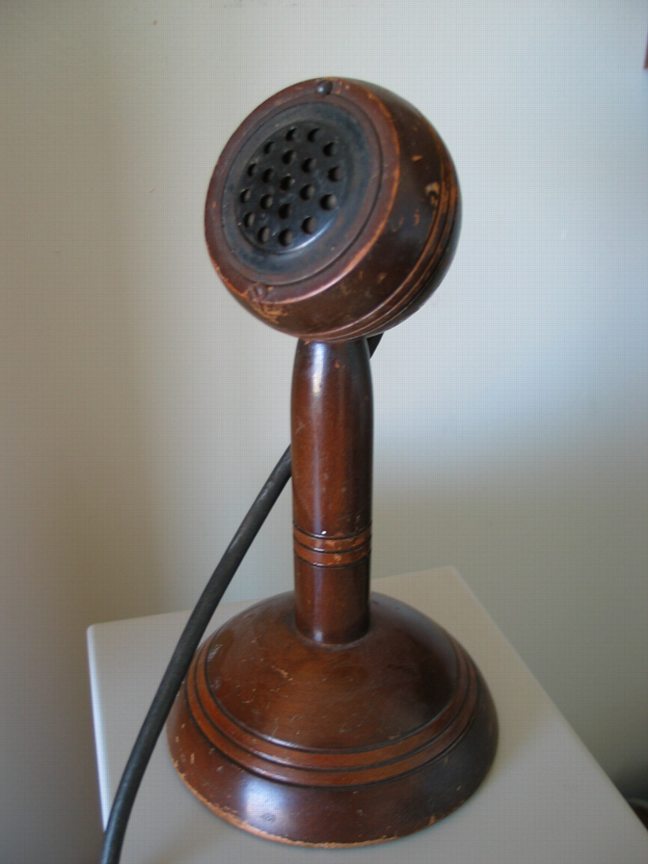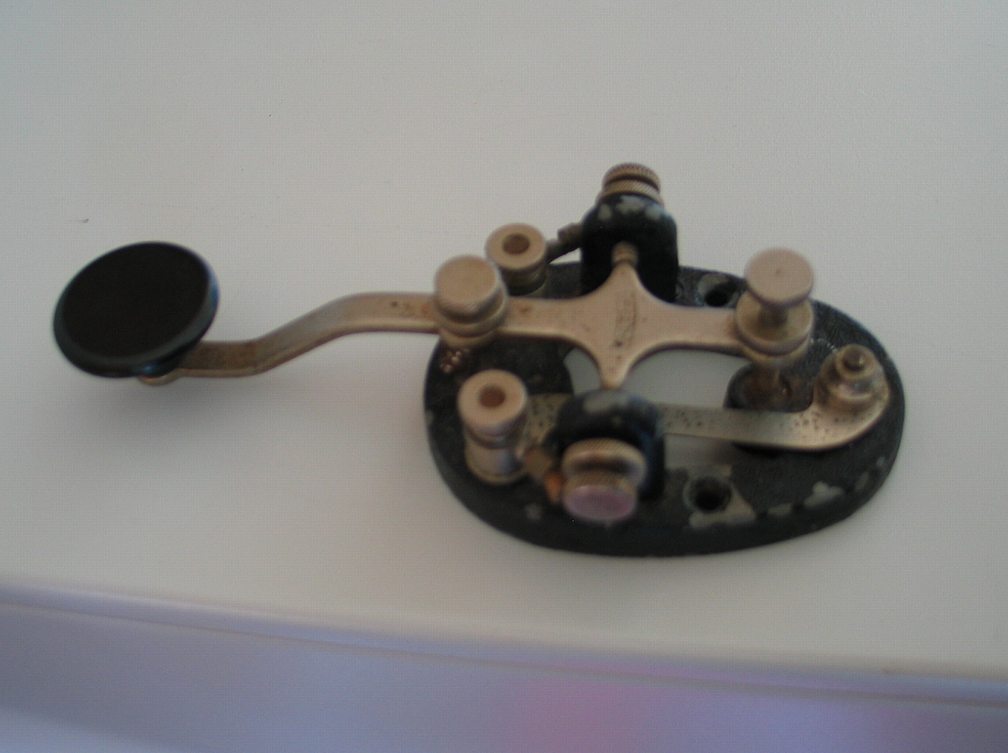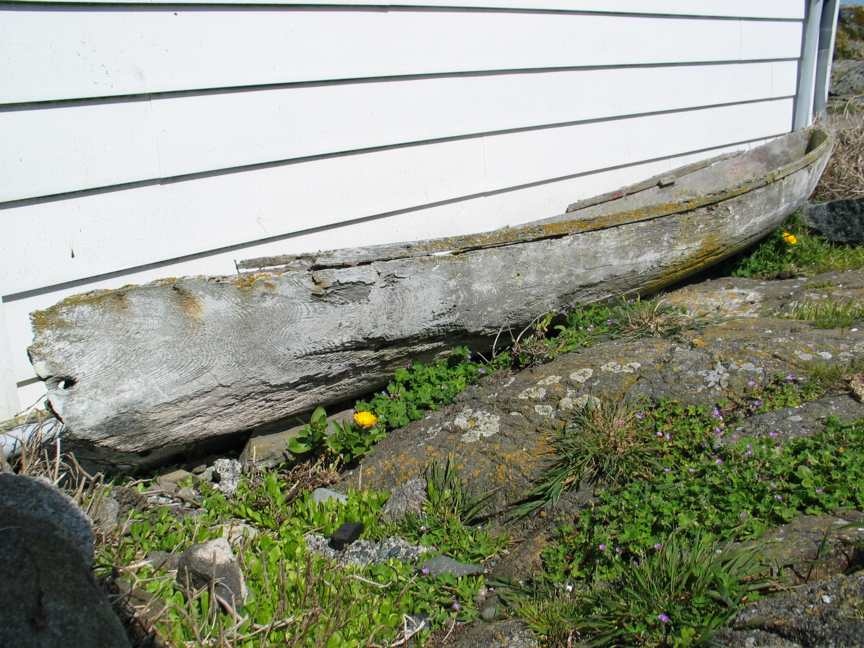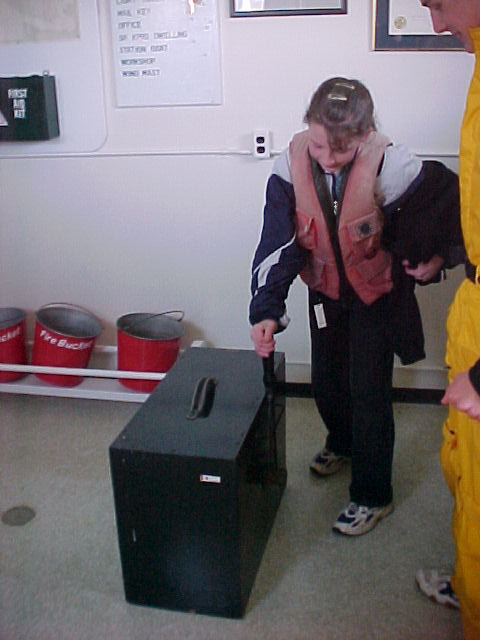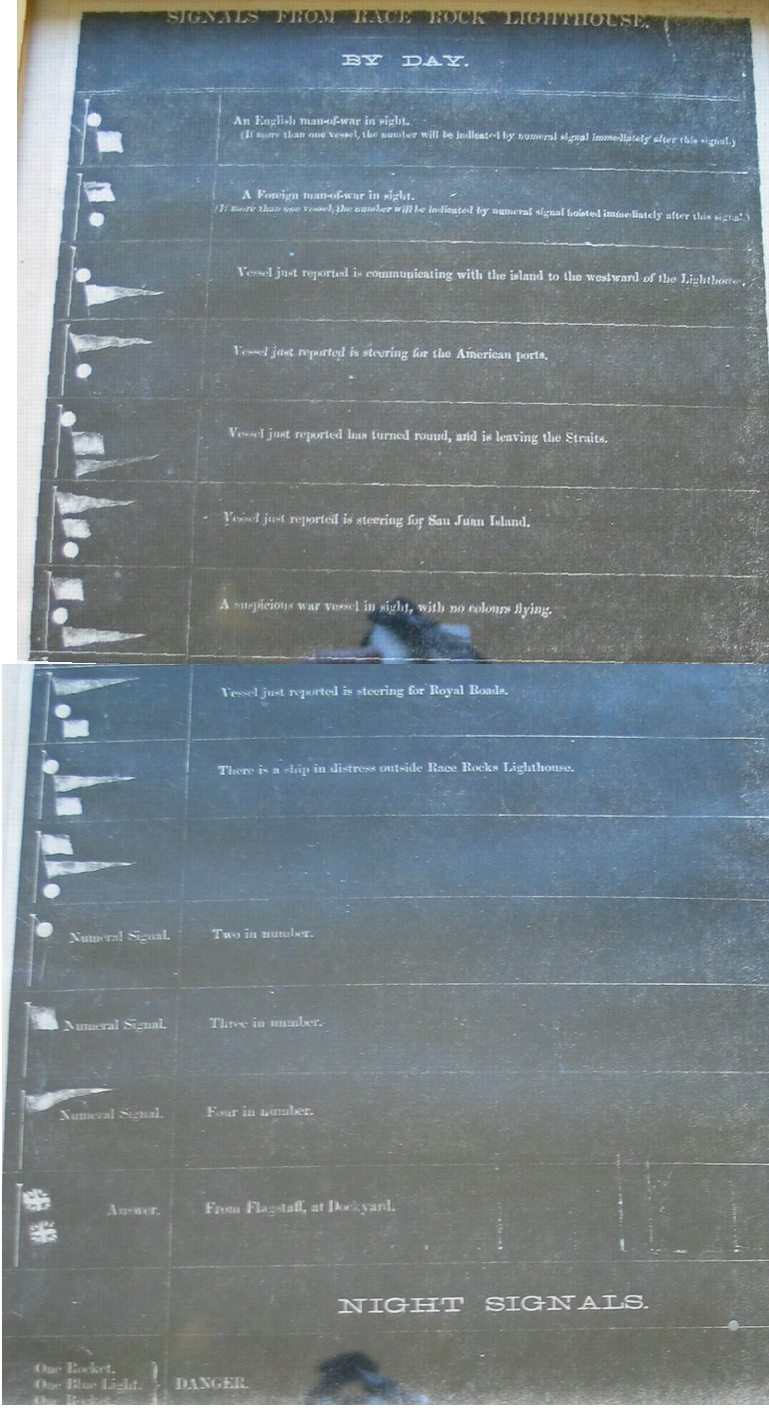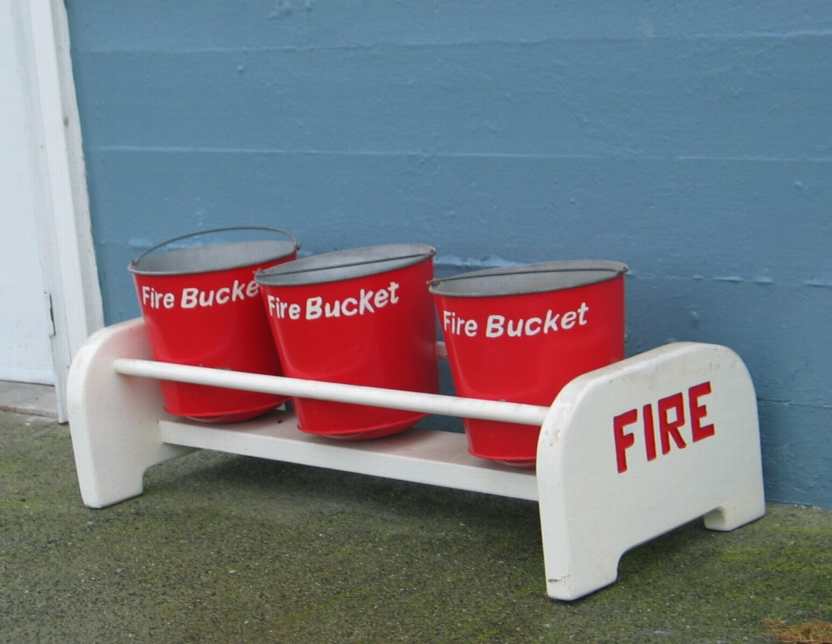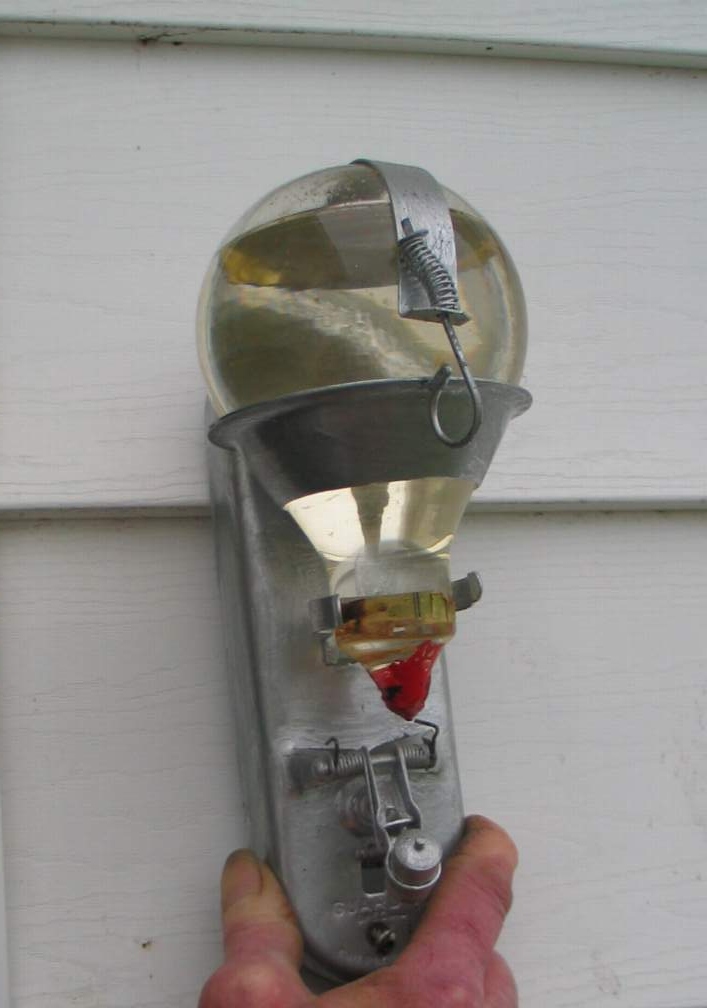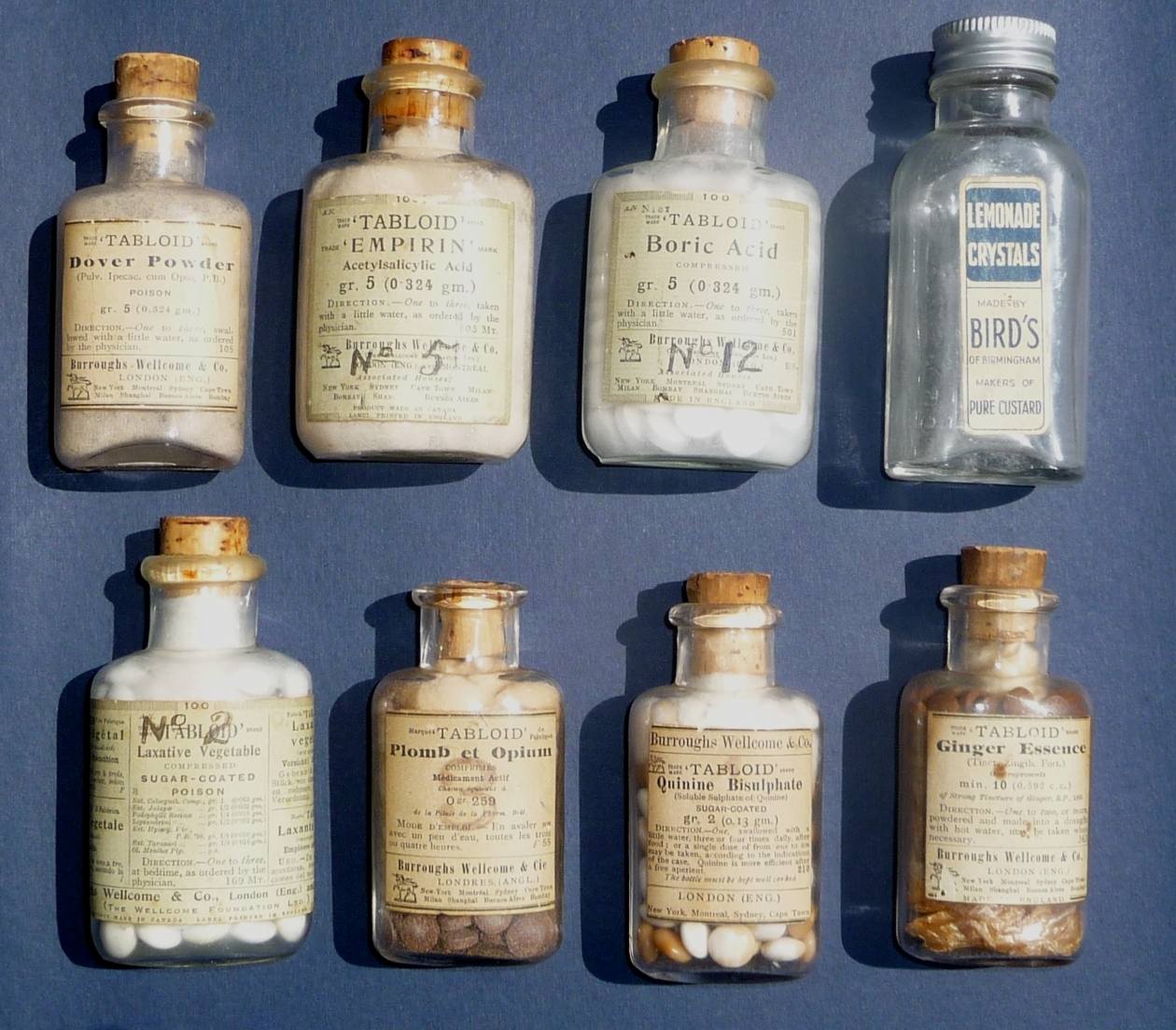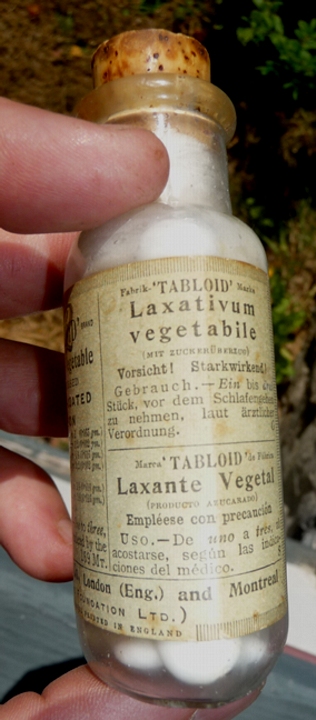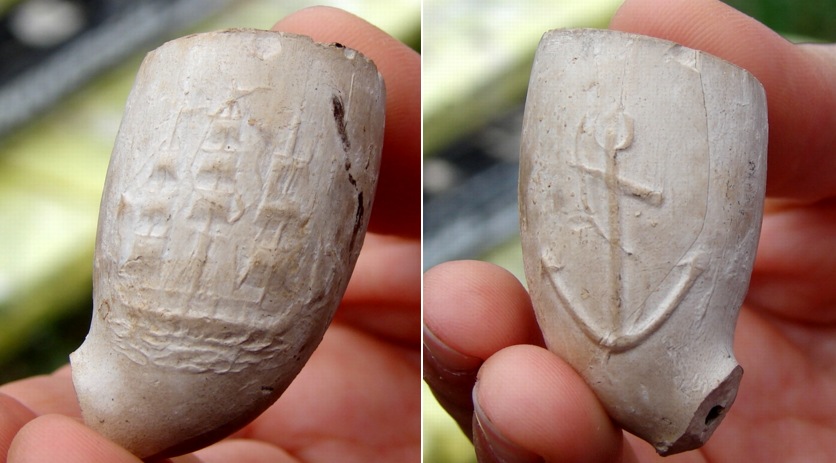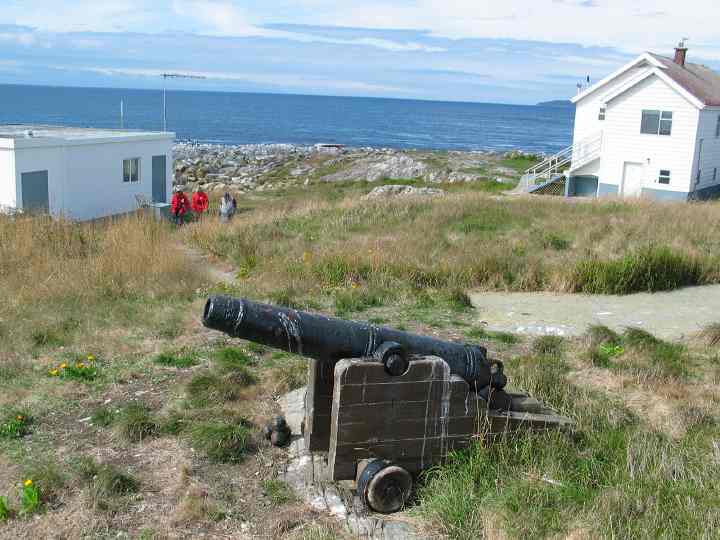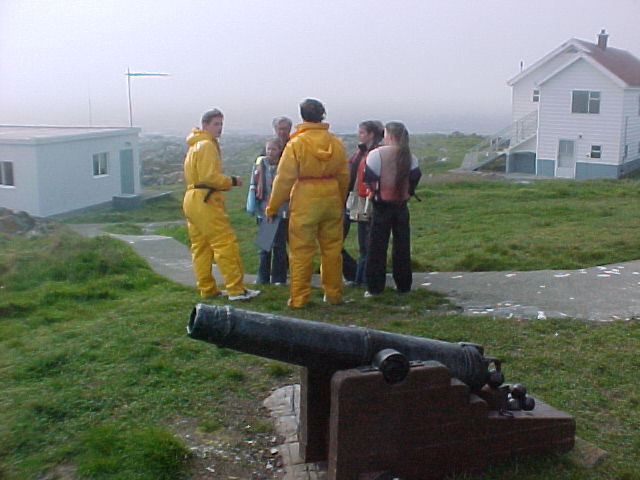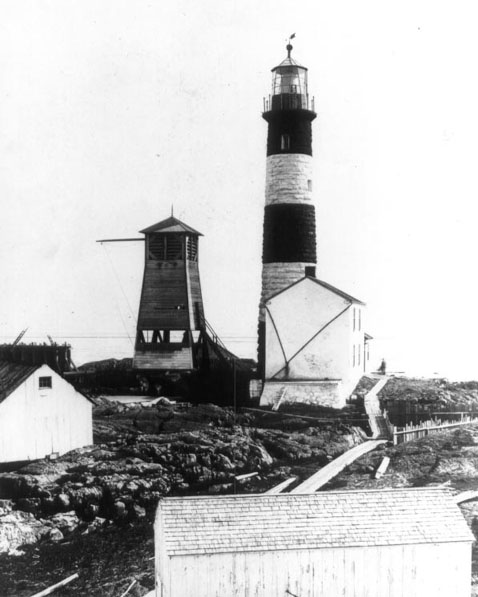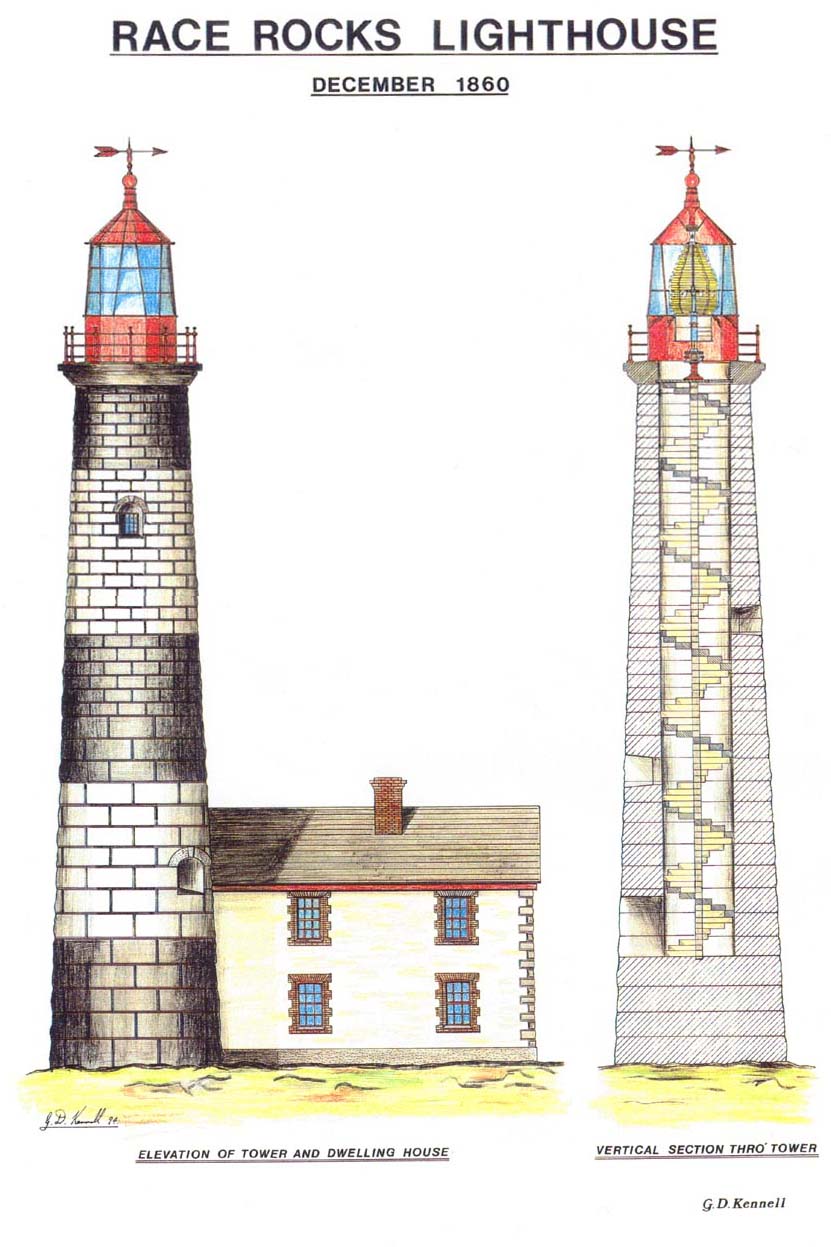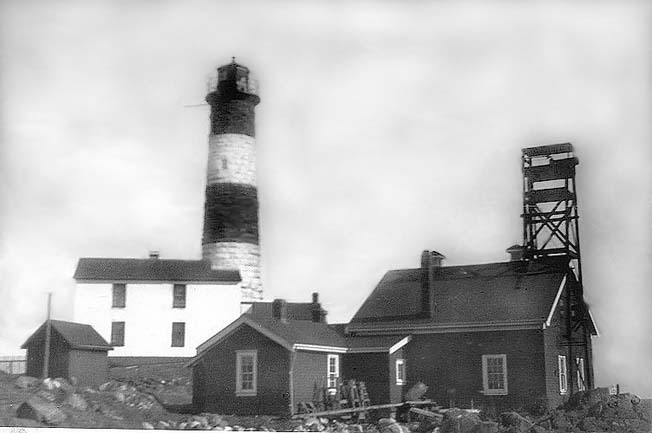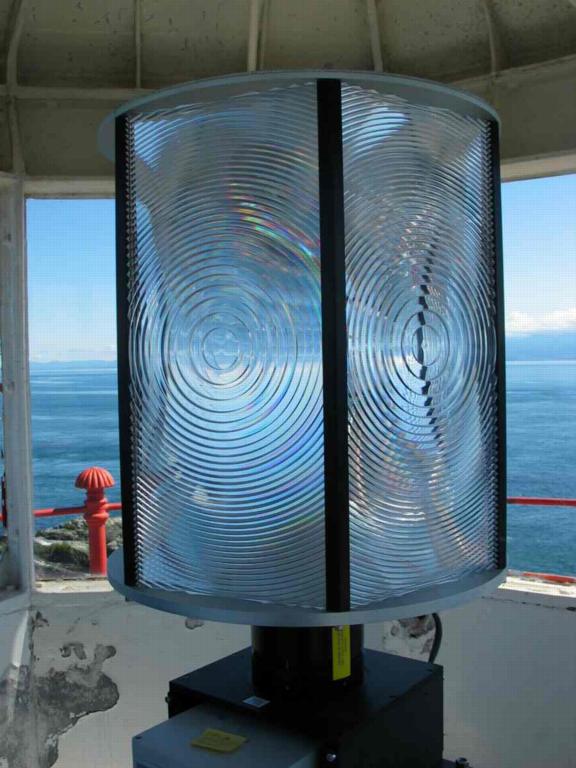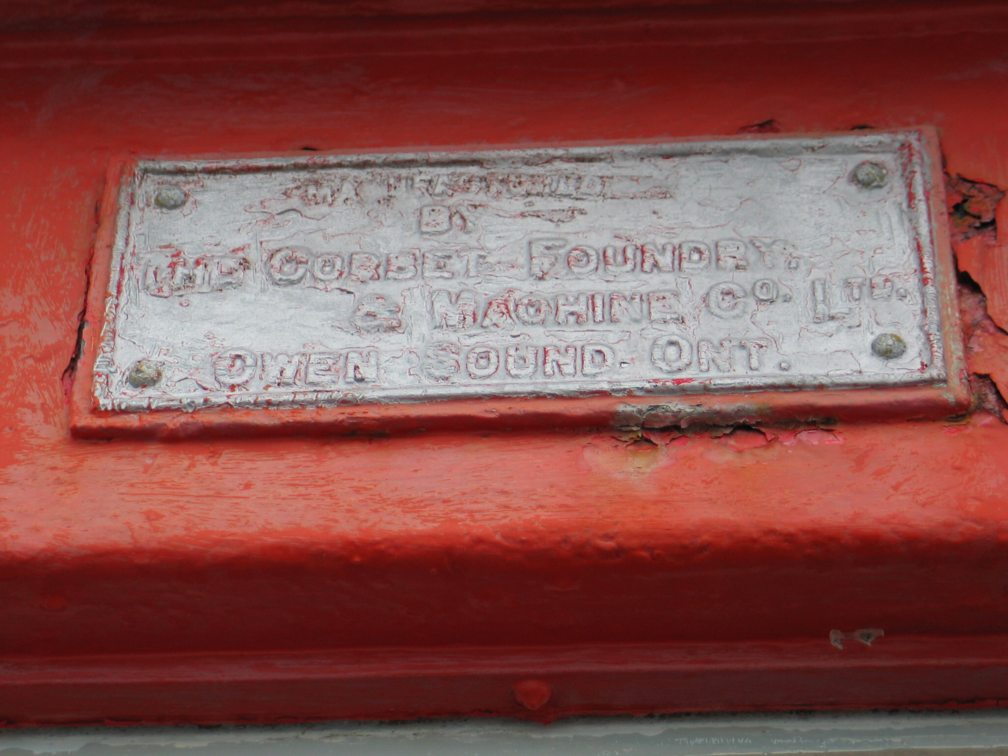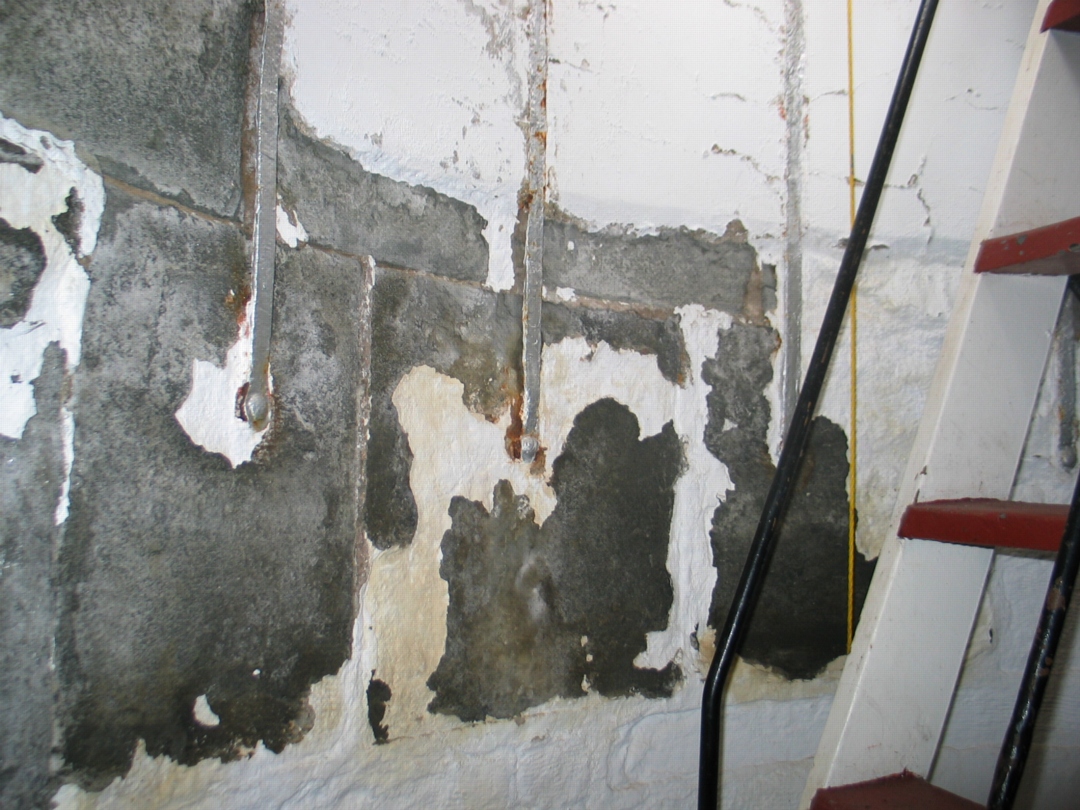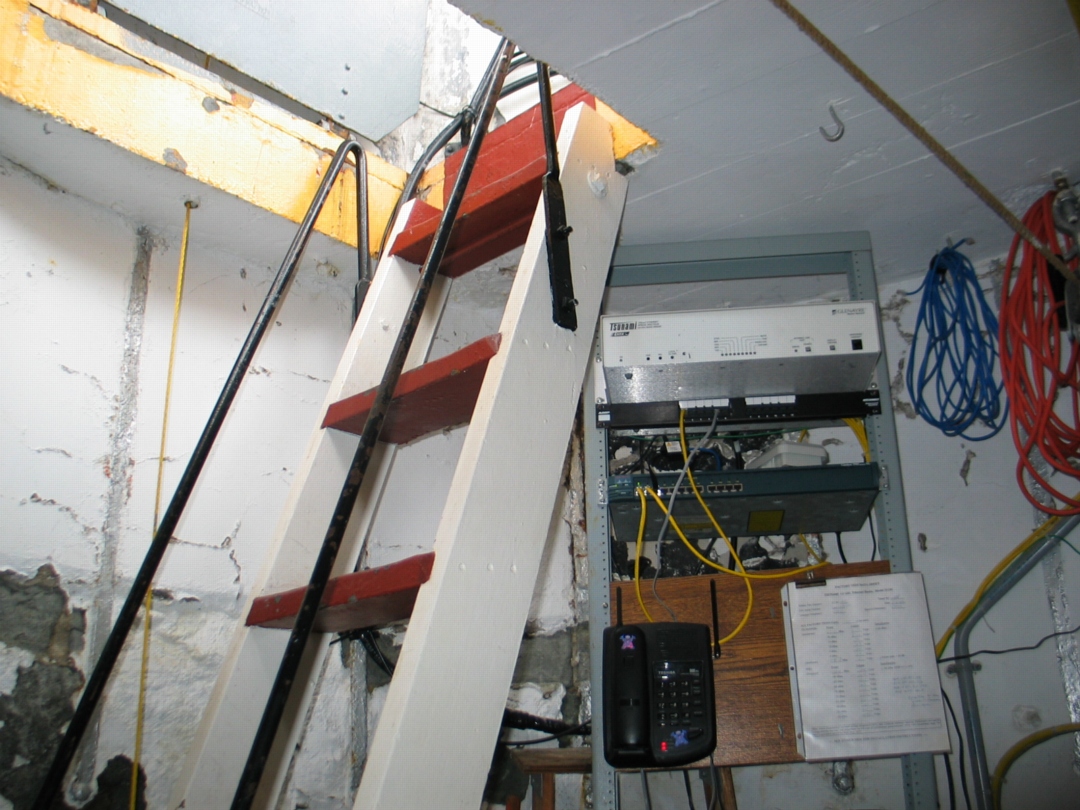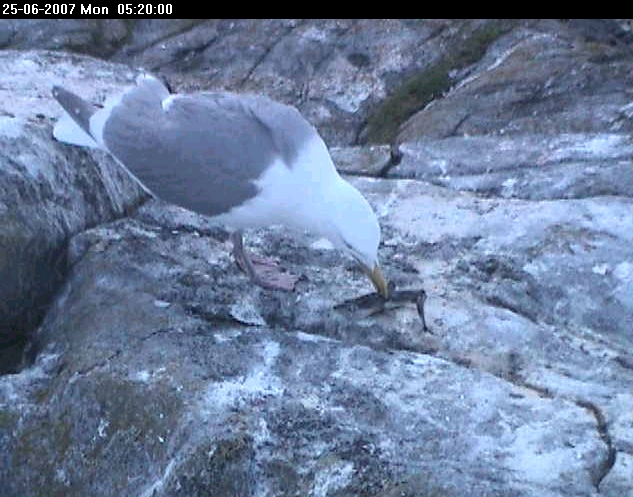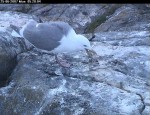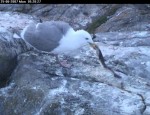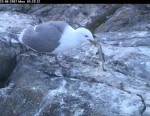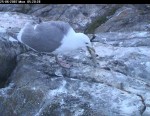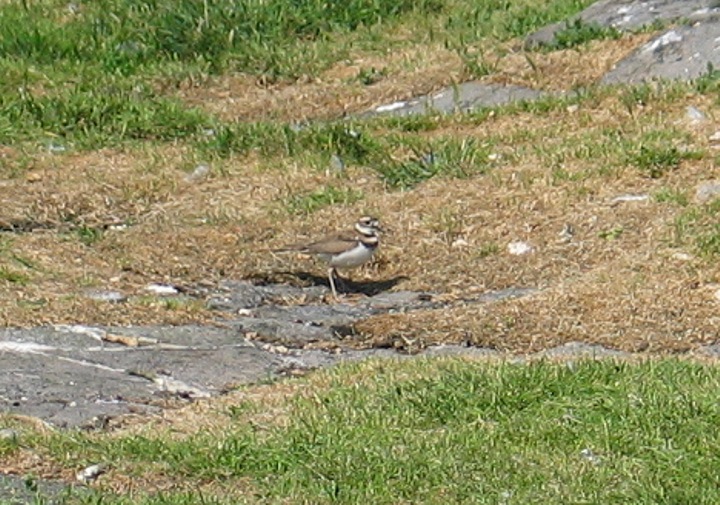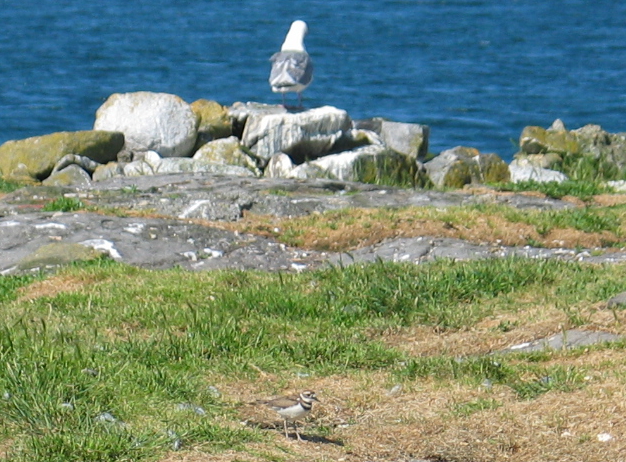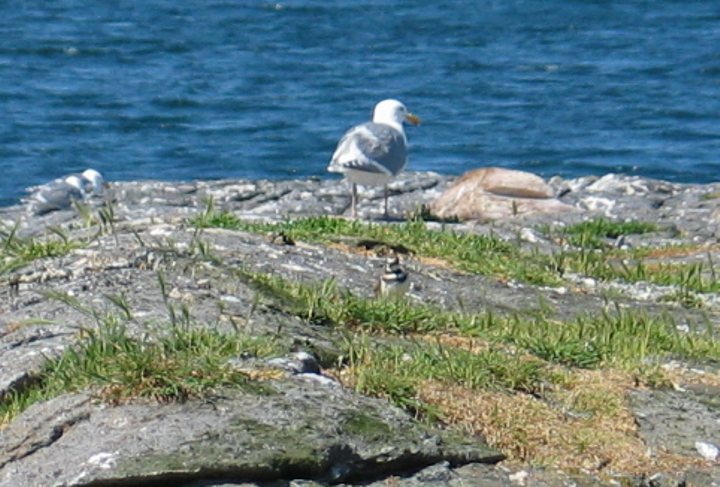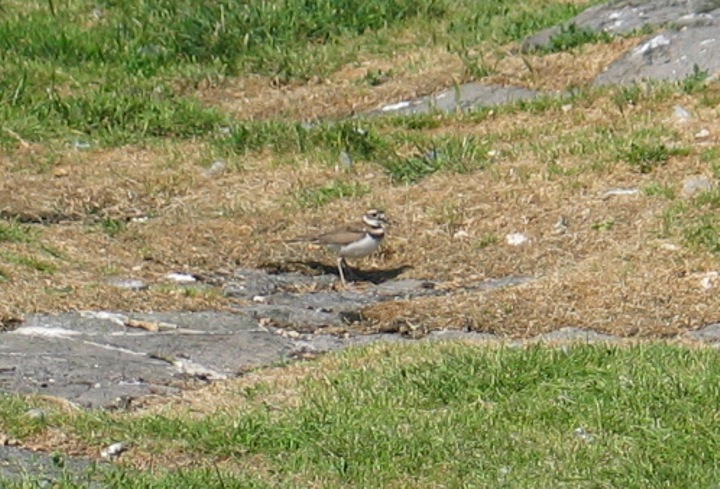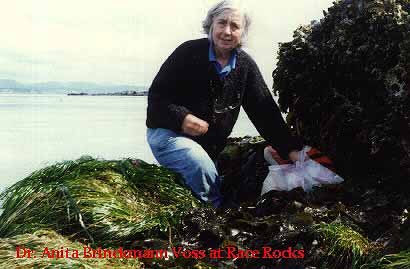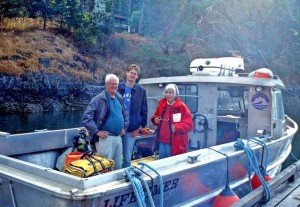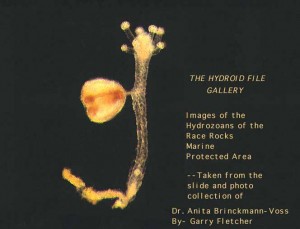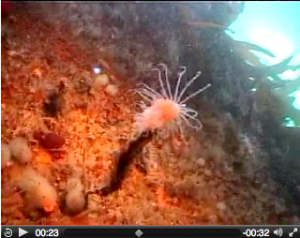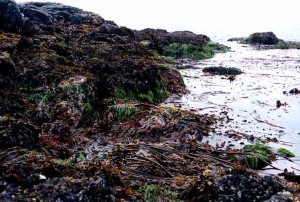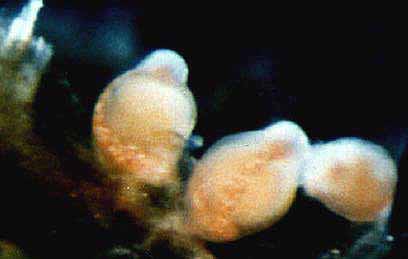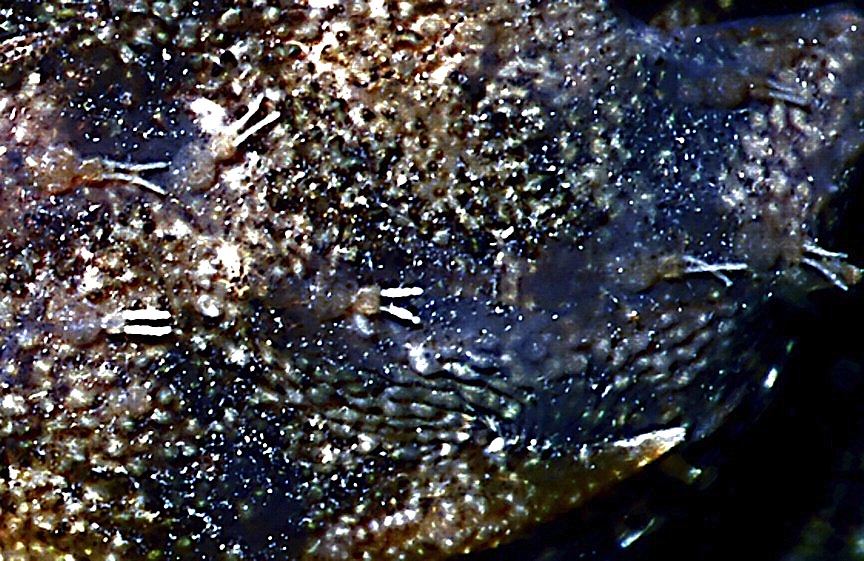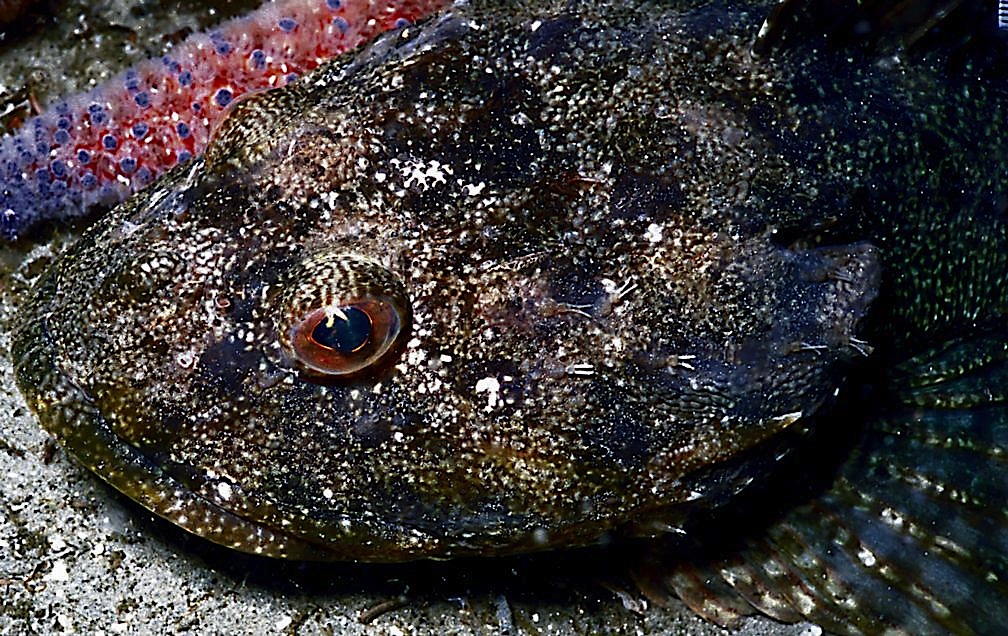It is unlikely that the creation of the Race Rocks Ecological Reserve in 1980 would have happened except for the efforts of an 18 year old Pearson College student from Sweden.
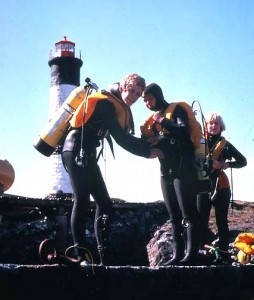 Johan Ashuvud, a student from 1978-1980, was in the Marine Science class and the Diving Service as part of IB his program at the college.
Johan Ashuvud, a student from 1978-1980, was in the Marine Science class and the Diving Service as part of IB his program at the college.
He devoted a great amount of energy in helping to direct a group of students in an extensive diving and research program in order to demonstrate the need for a Reserve at Race Rocks.
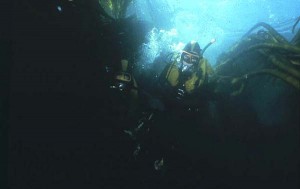 Johan Ashuvud SCUBA diving at Race Rocks 1979
Johan Ashuvud SCUBA diving at Race Rocks 1979
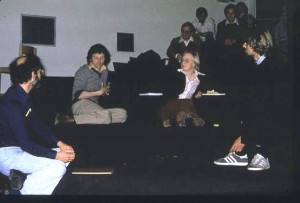 In the fall of 1979 he helped organize a workshop to investigate the creation of a reserve at Race Rocks involving provincial and university officials. Johan was instrumental in drawing up the draft proposal with staff of the Ecological reserves branch of the Parks Department in the provincial government and even helped in guiding the Deputy Minister of Parks on an underwater tour of the reserve.
In the fall of 1979 he helped organize a workshop to investigate the creation of a reserve at Race Rocks involving provincial and university officials. Johan was instrumental in drawing up the draft proposal with staff of the Ecological reserves branch of the Parks Department in the provincial government and even helped in guiding the Deputy Minister of Parks on an underwater tour of the reserve.
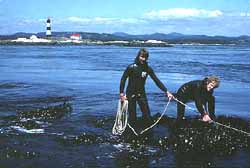 Jens Jensen from Denmark,and Johan Asuvud attach a transect line onto the top of the rarely exposed Rosedale Reef, South of Race Rocks at an extreme low tide. At that point they were standing on the most southerly point in Western Canada!
Jens Jensen from Denmark,and Johan Asuvud attach a transect line onto the top of the rarely exposed Rosedale Reef, South of Race Rocks at an extreme low tide. At that point they were standing on the most southerly point in Western Canada!
J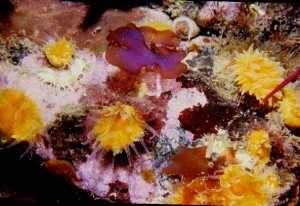 ohan’s underwater photography was the first done by students of the college and was to become very valuable in helping to promote conservation of the beautiful life forms there
ohan’s underwater photography was the first done by students of the college and was to become very valuable in helping to promote conservation of the beautiful life forms there
A gallery of some of his work is available here.
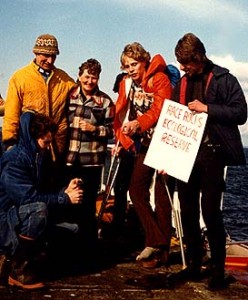 When the Ecological Reserve at Race Rocks was declared in 1980 by the provincial government, the group of students who had worked on the proposal made a celebratory trip to Race Rocks to tell the lightkeepers Trev and Flo Anderson of the great news. (Johan is on crutches after returning from a holiday in Mexico where he had had a collision with a bus!)
When the Ecological Reserve at Race Rocks was declared in 1980 by the provincial government, the group of students who had worked on the proposal made a celebratory trip to Race Rocks to tell the lightkeepers Trev and Flo Anderson of the great news. (Johan is on crutches after returning from a holiday in Mexico where he had had a collision with a bus!)
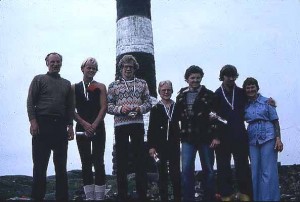 A few weeks later, Trev and Flo invited the core group back to present the “Order of Race Rocks” for the great work done. Johan (center of photo) and other divers with whom he had worked, were given the special presentation by Trev and Flo Anderson to express their thanks for the work done.
A few weeks later, Trev and Flo invited the core group back to present the “Order of Race Rocks” for the great work done. Johan (center of photo) and other divers with whom he had worked, were given the special presentation by Trev and Flo Anderson to express their thanks for the work done.
When Johan graduated from Pearson College, he went on to the School of Economics in Stockholm, Sweden, where he obtained his Master’s degree in Environmental Economics. His first job was in Costa Rica with the International Union for the Conservancy of Nature (IUCN). There he continued his interest in getting special places preserved, as he worked to convince officials in Parks Departments of Central American governments to preserve their Natural Heritage.
Almost 10 years after he left Pearson College, on a trip back to Sweden in April of 1988, Johan died in a car accident. Our college community was deeply saddened by this tragic event. Johan left his wife and a soon to be born daughter.
Johan would be the first to urge young people from all countries to never give up with environmental concerns. He proved to us that youth can make a significant impact in the world by getting actively involved in working to preserve such special places as Race Rocks.
In 2000, The family of Johan contributed the Johan Ashuvud Memorial Fund to be administered in Trust by Lester B. Pearson College . The purpose of the fund is to support with the annual proceeds environmental activities, research and projects undertaken by present and former students of Pearson related to the Race Rocks Marine Reserve.
- In June 2000, Several students with faculty member Garry Fletcher did a week-long series of webcasts from the Ecological reserve for the Johan Ashuvud Week
- In June 2001, students Damien Guihen and Jean Olivier Dalphond spent several weeks at Race Rocks, doing webcasts, and producing QuickTime Virtual Reality and QuickTime Videos for the archives of racerocks.com.
- In June 2002 four students are doing an educational webcasting program from Race Rocks.
- Almost every year since 2002, a few students from the college stay behind after others leave at the end of the term in May to go to Race Rocks for a project week which we still call “The Johan Ashuvud Week”
One of the last papers published by Johan on his work for the IUCN in Central America :
Ashuvud, Johan, “Environmental Conservation for Development in Central America” C. Folke and T. Kåberger ed. Linking the Natural Environment and the Economy: Essays from the Eco-Eco Group, (Boston, MA: Kluwer Academic Publishers, 1991): 253-270.
ASACODE, Asociación San Migueleña para la Conservación y el Desarrollo, tiene un Albergue para la recepción de turismo en una finca dedicada al manejo integral del bosque, que fue donada por UICN y que lleva el nombre de Johan Ashuvud.
*” Talamancan Ecotourism and Conservation (ATEC) Association, provided training Tourism naturalist guides, who work in Talamanca (local communities). ATEC works as tour operator working directly with the community. * ASACODE, San Miguelena Association for Conservation and Development, has a Hostel for receipt of tourism in an area dedicated to integrated forest management, which was donated by IUCN and named Johan Ashuvud. * There are a number of private initiatives to develop tourism hotels which will generate pressure on the resources of the Refuge.”
In December 2014, a memorial bronze plaque was installed at Race Rocks to commemorate Johan and the work that he did to help in the creation of the Race Rocks Ecological reserve: Click to enlarge.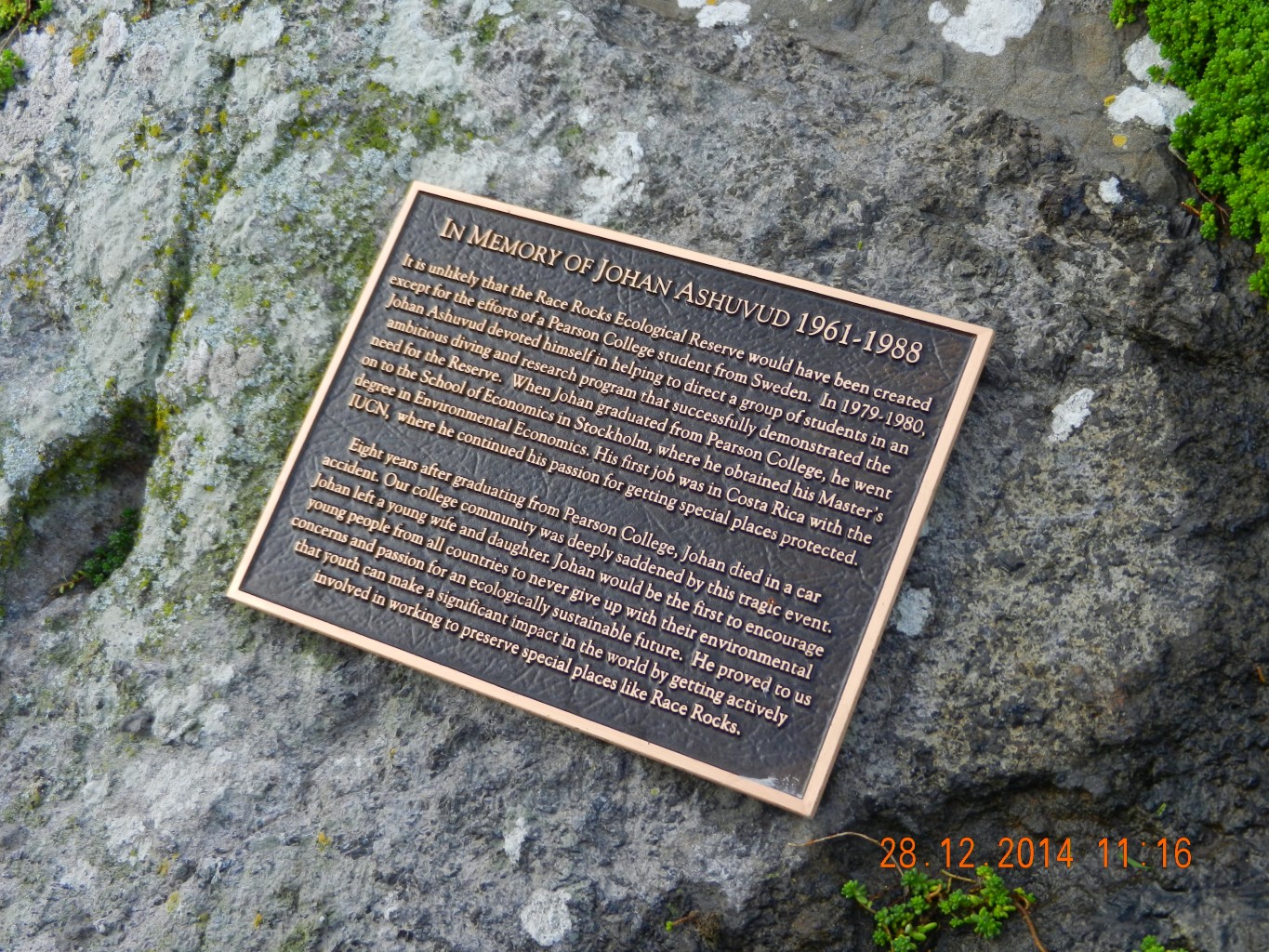
The plaque can be seen from the remote camera 1. It faces the tower on the rock near the path intersection below the tower.

